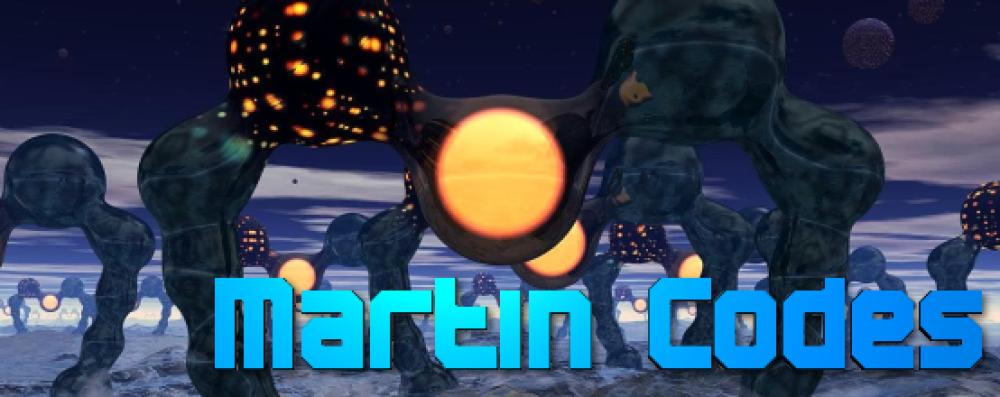Graphics
Matt Swoboda (aka Smash of demoscene fame) posted two interesting posts on real-time GPU ray tracing. In the first post he mostly talks about the various techniques he tried, and in the second post he discusses some more implementation details of the final technique used in the "5 faces" demo.
Making WebGL Dance is a fantastic online presentation on the basics of rendering with WebGL. It uses WebGL itself for the slides and is really well done. Recommended.
fxguide.com has a nice article on the physically-based rendering in the recent game Remember Me.
Kind of an old post from 2011, but somebody recently reposted this on Twitter and it made me look at it again: Alexandre Mutel has an interesting post on his blog called Advanced HLSL using closures and function pointers. He shows some interesting hacks to do closures in HLSL, even with shader models 3 and 4. Pretty interesting.
Other
libCello. is a somewhat crazy C99 library that adds higher-level language primitives to C, mostly via macros. Interesting, yet crazy.
Terra is a low-level, statically-typed, compiled, LLVM-based language with a syntax very similar to Lua. It has excellent integration with C code. Seems very interesting.
Debugger Canvas is a nifty Visual Studio plugin that aids in debugging C# apps. It displays the entire callstack in bubbles on a canvas and gives a nice "big picture" view when stepping through code. I haven't used it much but it seems like it could be useful after getting used to it. The most annoying thing about it is that it's only available for Visual Studio 2010 Ultimate. Any other version will not do.
Learn Git Branching is a great interactive website that teaches you how to do branching in git. Recommended!
